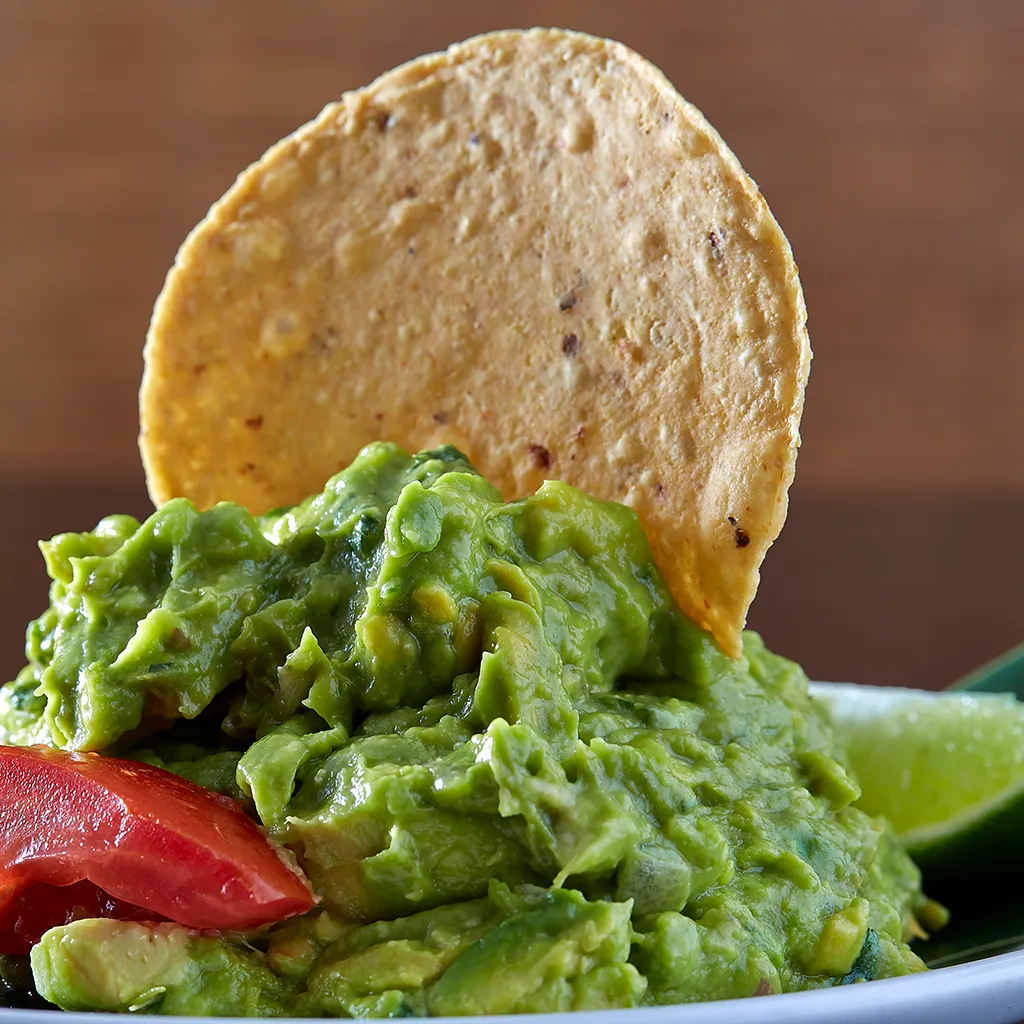What Shaped the Evolution of Tex-Mex Cuisine?
When you consider the evolution of Tex-Mex cuisine, it’s fascinating to see how a blend of Mexican and Texan influences created something uniquely flavorful. The arrival of Mexican immigrants in Texas set the stage for this culinary fusion, adapting traditional recipes with local ingredients. Yet, as this cuisine became more popular in the 20th century, it also faced shifts in flavor and presentation influenced by American tastes. What led to these changes, and how did they shape what we recognize as Tex-Mex today? The answers might surprise you.
Origins of Tex-Mex Cuisine
Tex-Mex cuisine has roots that trace back over a century, blending Mexican and Texan culinary traditions. You’ll find its origins in the late 19th and early 20th centuries, when Mexican immigrants settled in Texas. They brought their traditional recipes and ingredients, but the local environment and culture started to shape these dishes into something uniquely Texan.
As you explore Tex-Mex, you’ll notice that it thrives on bold flavors and hearty portions. Dishes like chili con carne and fajitas emerged as a result of this cultural fusion. You can attribute the rise of Tex-Mex to the growing popularity of the border region’s cuisine, especially in cities like San Antonio and El Paso.
Street vendors and local eateries played a significant role in popularizing Tex-Mex dishes. They adapted traditional recipes to include readily available ingredients, creating a comforting and accessible style of cooking.
Festivals and social gatherings further propelled this cuisine into the limelight, making it a staple in Texas and beyond. So next time you savor a plate of nachos or tacos, remember you’re enjoying a dish with a rich history, steeped in the blending of two vibrant cultures.
Influence of Mexican Ingredients
When you plunge into Tex-Mex cuisine, you’ll quickly notice how integral Mexican ingredients are to its character.
These elements not only enhance the flavors but also showcase the rich cultural heritage behind the dishes. Each ingredient brings its own unique flair, transforming simple meals into vibrant experiences.
Here are some key Mexican ingredients that define Tex-Mex cuisine:
-
Corn: Used in tortillas, tamales, and more, corn is a staple that adds texture and flavor.
-
Chilies: From jalapeños to poblanos, these peppers provide the heat that Tex-Mex is famous for.
-
Cilantro: This herb brings freshness and brightness to salsas and garnishes, elevating the overall taste.
-
Black Beans: A hearty source of protein, black beans are often found in dishes like burritos and salads.
-
Avocado: Creamy and rich, avocados are a must-have for guacamole and as a topping for various dishes.
These ingredients come together to create a tantalizing blend of flavors, making Tex-Mex cuisine a delicious fusion of cultures and traditions.
Americanization of Traditional Dishes
The Americanization of traditional Tex-Mex dishes has led to a culinary landscape that blends familiar flavors with innovative twists. You’ll notice this shift in how classic recipes evolve, often incorporating ingredients and cooking techniques that cater to American palates.
For instance, you might find that cheese is a predominant feature in many Tex-Mex dishes, transforming simple enchiladas or tacos into cheesy delights that appeal to a broader audience.
Additionally, portion sizes have expanded considerably. As you dine at Tex-Mex restaurants, you’ll likely encounter heaping plates overflowing with food, a far cry from the more modest servings traditionally offered in Mexico. This adaptation not only satisfies hunger but also creates a sense of abundance that resonates with American dining culture.
Moreover, you may notice the use of non-traditional ingredients, like ground beef or even barbecue flavors, which have become staples in Tex-Mex cuisine. These changes reflect a desire for comfort and familiarity, allowing you to enjoy a fusion of cultures on your plate.
Ultimately, the Americanization of Tex-Mex dishes invites you to experience a unique culinary adventure that celebrates both heritage and modern tastes.
Birth of Tex-Mex Restaurants
In the mid-20th century, a surge of Tex-Mex restaurants began to pop up across the United States, reflecting the growing popularity of this vibrant cuisine.
You’d find these eateries offering a fusion of flavors that appealed to both Texan and American tastes. They provided a welcoming atmosphere where people could enjoy a unique dining experience.
These restaurants shared several defining features:
-
Bold Flavors: Spicy chilies and hearty ingredients brought excitement to traditional dishes.
-
Innovative Dishes: Classics like nachos and fajitas emerged, showcasing creativity in the kitchen.
-
Cultural Fusion: They blended Mexican and American elements, resulting in a distinct culinary identity.
-
Casual Dining: The relaxed vibe made it easy for families and friends to gather and enjoy meals together.
-
Social Hubs: These establishments became popular spots for socializing, drawing in diverse crowds.
As you explored menus filled with tantalizing choices, you realized that Tex-Mex restaurants weren’t just about food; they became a cultural phenomenon, paving the way for future culinary trends.
The birth of these restaurants marked a significant moment in the evolution of Tex-Mex cuisine, setting the stage for its widespread acceptance across the country.
Popularization in the 20th Century
Tex-Mex cuisine frequently gained traction throughout the 20th century, becoming a beloved staple in American dining. As the population in the Southwest grew, so did the demand for flavorful, affordable food. You’d find Tex-Mex dishes popping up in diners, cafes, and restaurants across the United States, appealing to a diverse range of patrons.
With its vibrant flavors and hearty portions, it wasn’t long before dishes like enchiladas, tacos, and nachos became household names.
The rise of fast-food chains in the mid-century also played a significant role in popularizing Tex-Mex. By introducing quick service and convenient options, these establishments helped make Tex-Mex accessible to everyone. You could enjoy a quick taco or burrito on your lunch break without breaking the bank.
Television shows and movies showcased Tex-Mex dishes, further embedding them into American culture.
As Tex-Mex gained popularity, it began to influence other culinary trends. The cuisine adapted and evolved, with chefs experimenting and putting their spin on traditional recipes.
Fusion With Other Culinary Styles
As Tex-Mex gained a foothold in American cuisine, it naturally began to blend with other culinary styles, creating exciting new dishes that reflect diverse influences. You might find that this fusion has opened up a world of flavors, combining elements from various cuisines to create something uniquely delicious.
Here are some notable culinary styles that have influenced Tex-Mex:
-
Barbecue: Smoked meats and tangy sauces add depth to Tex-Mex dishes, making for mouthwatering tacos or enchiladas.
-
Italian: Ingredients like cheese and tomato sauce find their way into casseroles, creating Tex-Mex lasagna or quesadilla pizzas.
-
Asian: Ingredients such as ginger and soy sauce combine with traditional Tex-Mex components, leading to innovative fusion dishes like Korean BBQ tacos.
-
Southern: Influences from Southern comfort food, like cornbread and collard greens, enhance Tex-Mex meals, creating hearty sides that complement the main dish.
-
Native American: Traditional ingredients such as corn and beans merge with Tex-Mex flavors, leading to unique interpretations of classic dishes.
This fusion not only enriches the culinary landscape but also reflects the diverse cultural tapestry of the region, inviting everyone to explore and enjoy Tex-Mex cuisine in new and exciting ways.
Regional Variations Across Texas
Across Texas, regional variations of Tex-Mex cuisine showcase the state’s rich cultural diversity and culinary creativity. In the border towns, like El Paso, you’ll find dishes featuring more authentic Mexican flavors, such as mole and fresh salsas, reflecting the proximity to Mexico.
Meanwhile, in San Antonio, the emphasis shifts to hearty, family-style dishes, often incorporating local ingredients like corn and peppers.
Head north to Dallas, and you’ll notice a more modern twist on Tex-Mex. Here, innovative chefs blend traditional recipes with contemporary cooking techniques, creating unique offerings like gourmet tacos and fusion burritos.
In contrast, Houston’s vibrant food scene highlights a melting pot of influences, with Asian and Caribbean-inspired Tex-Mex dishes making waves.
In the West Texas region, you’ll experience an influence from ranch-style cooking, resulting in robust flavors and larger portions, perfect for a hungry crowd.
Each of these regional styles contributes to a rich tapestry of Tex-Mex cuisine, ensuring that wherever you go in Texas, you’ll discover something new and delicious.
Modern Trends in Tex-Mex Dining
In recent years, several modern trends have reshaped how diners experience Tex-Mex cuisine. You might’ve noticed a shift toward healthier options, innovative flavors, and a focus on sustainability.
Today’s diners are looking for more than just a plate of nachos; they crave dishes that reflect contemporary tastes and values.
Here are some key trends you might encounter:
-
Health-Conscious Choices: Restaurants are offering lighter fare, like grilled fish tacos or quinoa-based dishes, making it easier to enjoy Tex-Mex without the guilt.
-
Farm-to-Table Ingredients: Many eateries are sourcing local produce and meats, enhancing flavor and supporting local economies.
-
Fusion Flavors: Chefs are experimenting by blending Tex-Mex with other cuisines, introducing exciting options like Korean BBQ burritos or Thai-inspired enchiladas.
-
Craft Cocktails: You’ll find bars focusing on unique, handcrafted cocktails that pair perfectly with your meal, elevating your dining experience.
-
Plant-Based Options: With the rise of vegan and vegetarian diets, many Tex-Mex spots now offer delicious plant-based alternatives that don’t compromise on flavor.
These trends not only reflect changing tastes but also enhance your overall Tex-Mex experience.
Conclusion
To sum up, Tex-Mex cuisine is a vibrant blend of cultures, driven by the rich history and traditions of Mexican immigrants in Texas. As you explore its origins and the influence of local ingredients, you’ll appreciate how American tastes shaped its evolution. The rise of Tex-Mex restaurants and its fusion with other culinary styles further popularized these flavorful dishes. Today, with regional variations and modern trends, Tex-Mex continues to delight palates, making it a beloved staple in American dining.




